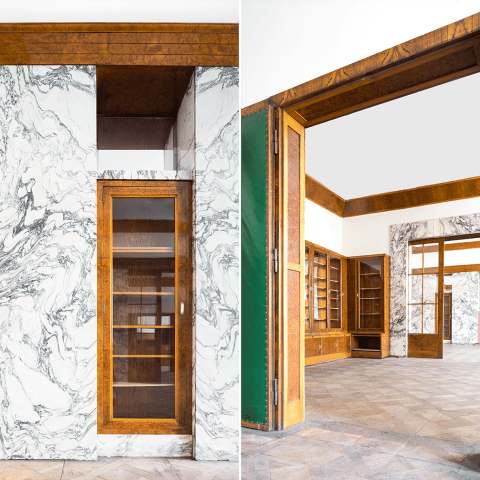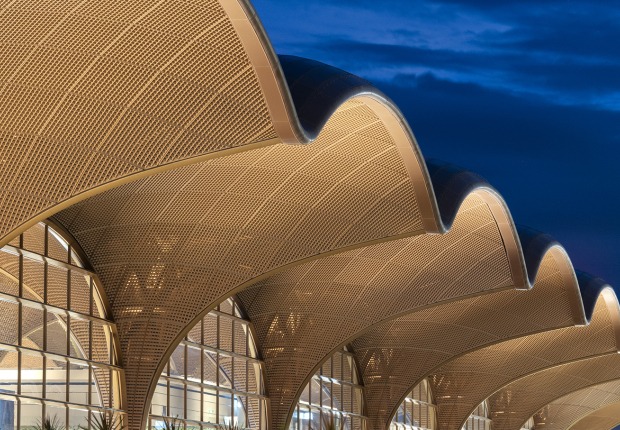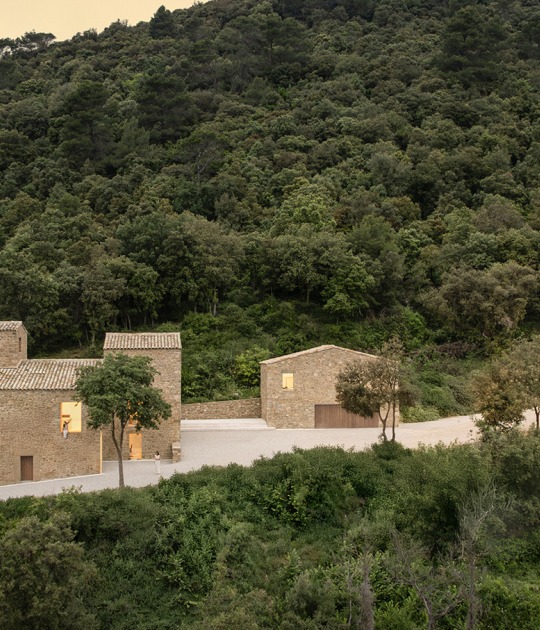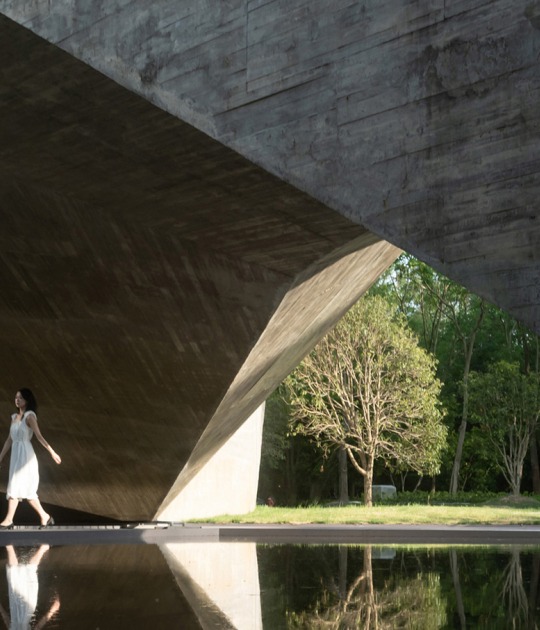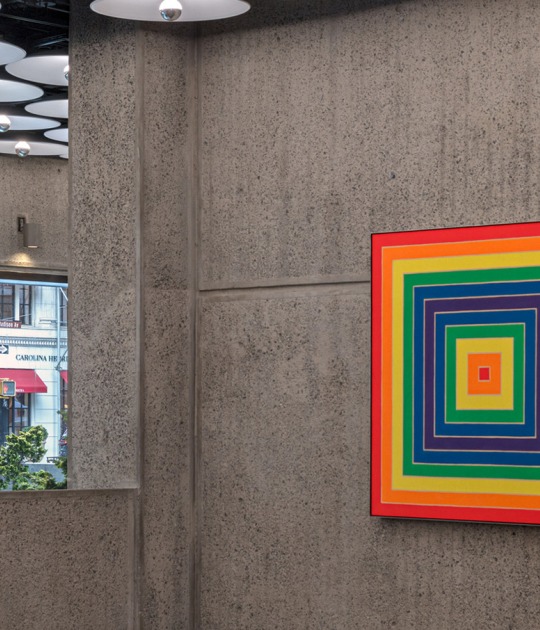Completing a group of works in the same city, from April visitors to the Czech city of Pilsen will be able to visit three restored interiors designed by architect Adolf Loos in the early 20th century.
Adolf Loos worked in Pilsen in two periods, between the years 1907 – 1910 and 1927 – 1932. His clients were primarily the families of entrepreneurs from the rich Pilsen Jewish community. After of World War II many of these homes were abandoned, some were later used as offices by Czechoslovakia's government, while others were demolished by their tenants. Today, of Adolf loos' designs in Pensil only eight remain.
This year as a European Capital of Culture, Pilsen embarked on a project to restore several of these spaces. Properties at 12 Klatovská Street and 10 Bendova Street were restored last year, and as of April both these and the newly renovated Brummel House at 58 Husova Street will be open to the public.
The Brummel House ( 58 Husova Street)
The house and equipment reconstruction of the interior was designed by Adolf Loos for Jan and Jana Brummel in 58 Husova Street, the realization was finished in 1929. The house survived not only the massive bombing of the Skoda plants at the end of the Second World War but also the attempts of various state offices for its demolition in the 80´s of the 20th century. After the war the house was returned to the family members of the original owners. A private owner, a relative of the constructors, is renovating the house in a sensitive way and plans its opening for public within the guided tour of the Loos Interiors at the beginning of the tourist season in 2015.
Brummel House, which survived bombing and several demolition attempts, was returned to the family of its original owners Jan and Jana Brummel after the war was over. A private owner recently undertook its renovation and it will be unveiled for the first time in April. Tour details can be found on the city's website.
The Oskar and Jana Semler House (10 Klatovska Street)
Although Adolf Loos´s the most famous element used in many of his interior installations is a so-called Raumplan, in Pilsen this element is used only in the interior designed for Oskar and Jana Semler by the student and colleague of Adolf Loos Heinrich Kulka in the villa house 110 Klatovska Street. The element of Raumplan creates its effect by various distributions of individual room ceilings heights. The house with its interior is currently maintained by the West Bohemian Gallery. The Gallery plans to establish a Documentation Centre for Architectonic Studies of the 19th and 20th Century in Pilsen Region after the renovation of the house. Also this interior shall be partly opened for public.
The Interior of Vilem and Gertruda Kraus Family (in 10 Bendova Street)
One of the most beautiful Pilsen apartment interiors was designed by Adolf Loos for the needs of chemist specialist Vilem Kraus and his wife Gertruda between the years 1930 to 1931. The family of Jewish origin was affected by a grievous fate at the end of the 1930s. Vilem left for England in 1939 to prepare a new home for his family there. Unfortunately, his wife and children did not manage to flee and deceased in extermination camps.
The most valuable part of the apartment is the drawing room interconnected with dining room. Its superposed glassed walls create the effect of the so-called infinite enfilade, which means an endlessly multiplied image. The room is faced by white-green marble Cipollino; the ceiling is formed by black mahogany tiles. The hall as a whole creates a magical impression. The bedroom provides an example of comfortably fitted built-in wardrobes.
